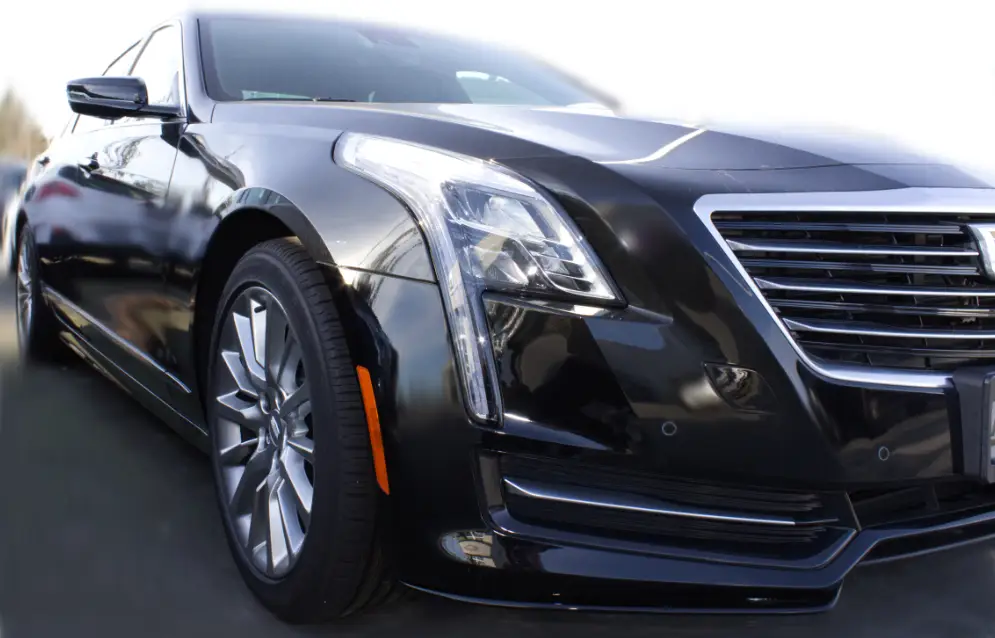What If You Become OEM Certified, and then Car Ceases To Exist?
by John Norris
Imagine that you invested some $45,000 for specialized collision repair equipment and training so that your shop could become qualified to repair Cadillac CT6 sedans. You are also paying the $4,500 annual fee to be on the manufacturer’s certification program.
You know the Cadillac CT6: it is 64 percent aluminum and its structural parts are largely replace-only. Joining methods were said to include items such as adhesive, flow-drill screws, rivets and barely any welding. It was the first car to have the hands-free partially autonomous Super Cruise system.
Having made the investment, yours is now one of only a select few shops qualified to work on these vehicles. You expect to recoup your investment within a reasonable time frame.
“You need to understand that some
OEM programs may be fleeting.”
Then General Motors announces the closing of their Oshawa plant and that the automaker would be de-allocating this model from all plants in 2019. The CT6 will have been produced for just three model years. You, and any other shops on the certification program will now a greatly narrower opportunity to gain benefits, which you were told included access to restricted parts, measurements and customer referrals through OnStar.
You need to understand that some OEM programs may be fleeting. There may not be enough time for a reasonable cost recapture following the investment in training and equipment.
GM is not the first auto manufacturer to announce restructuring in anticipation of the demand for electric and autonomous vehicles. Earlier this year, Ford said it would be drastically reducing its number of models it builds and offers in North America. More OEMs are sure to follow this trend.
Shops should also be aware that not all OEM programs are the same, even within the brand. For instance, one OEM collision certification program includes certain requirements for their dealers that are missing in their program for non-dealer collision repair shops, potentially resulting in different processes for the same repair on the same car.
Sometimes the specialized tools and equipment are only available to the dealer certified collision shops and not the non-dealer certified repair shops. Perhaps the CASIS folks can help correct instances such as these, as the CASIS agreement mandates that aftermarket shops can get the same equipment as the OEM authorized dealers can.
“Manufacturers are restricting shops with certain
brand lines to ‘exclusivize’ their offerings.”
The long-term answer is that any collision repair shop should meet a minimum standard for compliance, equipment and repair competence, with insurers only paying shops that meet that standard. Shops can easily exceed that standard should they wish, using OEM additional requirements or other program requirements. Training can be from wherever the shop decides within each program, as long as the shop meets the provincial trades training requirement.
Manufacturers are restricting shops with certain brand lines to “exclusivize” their offerings. Even Volvo in the U.S. has announced some new parts restrictions unless you meet their certification standards.
Regrettably, these strong efforts to restrict repair capability to only those shops on their certification programs become futile when shops discover they are not protected should the manufacturer decide to no longer make the car that the shop became certified to fix. It does not give the shop much enthusiasm to trust future programs.
The moral of the story is that there are risks associated with OEM certification. Ask yourself this question: Since General Motors has announced they will soon no longer make Cadillac CT6 vehicles, how motivated are you to pay for the equipment and tool costs and do the training to become Cadillac CT6 collision certified?

